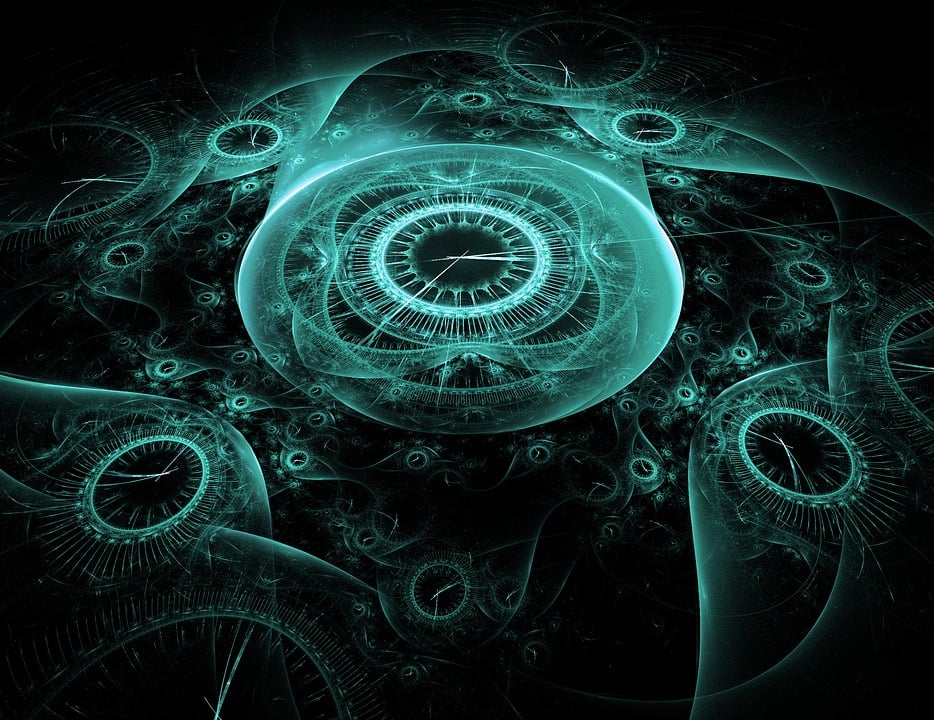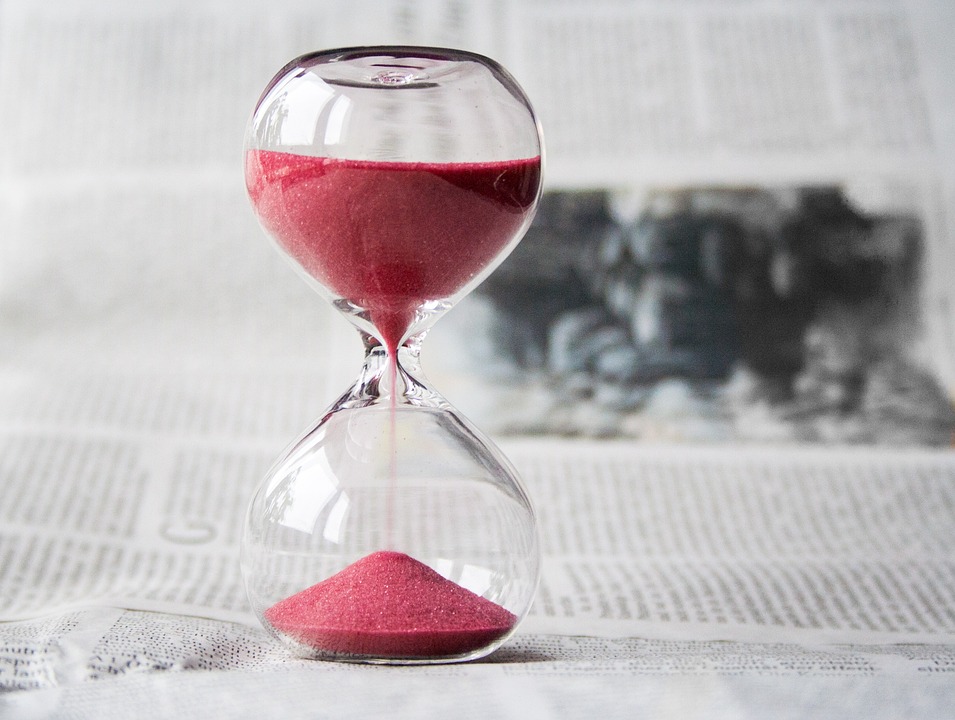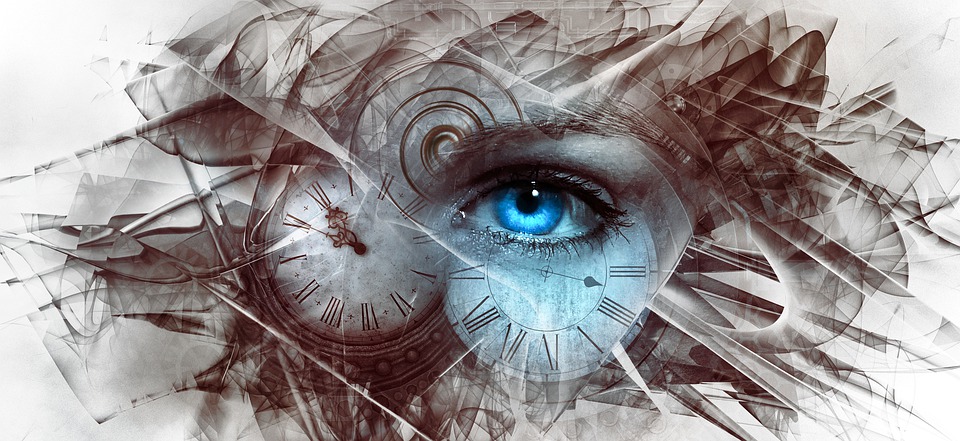Time is a concept that refers to the progression of events. From the past, through the present, and into the future. It is a measure of duration. It is the interval between two events or moments. Units frequently represent it. To illustrate, there are seconds, minutes, hours, days, weeks, months, and years.
The hour is relative. It can be perceived differently by different people or in different circumstances. The hour is a fundamental aspect of our everyday lives. It structures our activities, organizes schedules, and measures the passage of life events. The study of duration is an important aspect of fields such as physics, philosophy, and psychology.
Zones
The time differs as per the zones because of the concept of time zones. Time zones are regions of the Earth that have the same standard time. They are determined by the difference in the longitudinal coordinates of different locations.
The Earth is divided into 24 time zones. Each is approximately 15 degrees of longitude wide, with the prime meridian, located in Greenwich, England. It serves as the reference point for calculating time zones.
As a result of this system, the duration in one time zone can differ from the time in another time zone by several hours. For example, if it is noon in New York City, it will be 9:00 a.m. On the contrary, it will be 5:00 p.m. in Los Angeles and 5:00 p.m. in London.
The use of time zones helps maintain consistency in timekeeping across different regions and facilitates international communication and travel. Without zones, it would be difficult to coordinate activities, schedules, and transportation across different parts of the world.

Types Of Time Zones
There are primarily three types of zones that exist in the world. They are Coordinated Universal Time (UTC), Standard Time Zones, and Daylight Saving Time (DST).
- Coordinated Universal Time (UTC): Coordinated Universal Time (UTC) is the primary time standard. The world regulates clocks and time. It is based on the International Atomic Time (TAI), which is a high-precision time standard that uses atomic clocks. UTC is the basis for determining standard time zones around the world.
- Standard Time Zones: Standard Time Zones are regions of the Earth that have the same standard time. They are established by dividing the Earth into 24 equal time zones, each approximately 15 degrees of longitude wide. The o’clock in each zone is set by adding or subtracting a certain number of hours from Coordinated Universal Time (UTC).
Standard time zones are generally defined by national or regional borders. Although, in some cases, they may follow natural boundaries such as rivers or mountain ranges. Each zone has a unique name. To illustrate, consider Eastern Standard Time (EST) or Central European Time (CET) and a standard offset from UTC.
- Daylight Saving Time (DST): Daylight Saving Time (DST) is a practice of setting the clock ahead by one hour. Mainly, during the summer months. Typically between March and November, to provide more daylight in the evening. The primary purpose of DST is to make better use of the available daylight during the longer days of summer.
The use of DST is not universal. It is not observed in all parts of the world. Some countries and regions do not observe DST at all. On the contrary, others may have different start and end dates or use it in only certain parts of the country.
In summary, Coordinated Universal Time (UTC) is the primary time standard. While Standard Time Zones are geographical areas of the Earth that share the same standard time. Daylight Saving Time (DST) is the practice of setting the clock ahead by one hour during the summer months. It provides more daylight in the evening.

Ancient Observations
In ancient times, people did not have the convenience of a clock or a standardized way to measure distance. Instead, they used various methods to tell stories based on natural phenomena and their observations of the world around them.
Here are some ways people in ancient times:
- Sundials: Sundials were one of the earliest methods of timekeeping used by ancient civilizations. They work by casting a shadow on a flat surface, with the position of the shadow indicating the run of the day. The Egyptians, Greeks, and Romans used sundials.
- Water Clocks: Water clocks, also known as clepsydras, were another early method of timekeeping. They work by measuring the flow of water from one container to another, with the amount of water indicating the o’clock. Water clocks were used by ancient Greeks, Romans, and Persians.
- Candle Clocks: Candle clocks were used in ancient China and Japan. They work by marking a candle with lines, with each line representing a specific juncture interval. As the candle burned down, the lines would indicate the o’clock.
- Astrology: Astrology was also used to tell the o’clock in ancient times. People would observe the position of the sun, moon, and stars to determine the o’clock of day or night.
- Hourglass: In ancient times hourglasses, measured the o’clock. The other name for the hourglass is the sand clock. They work by measuring the flow of sand from one container to another, with the amount of sand indicating the duration.
These methods relied on natural phenomena and the use of simple instruments to measure the hour.
Time is important for several reasons:
- It helps us organize our lives: The o’clock allows us to plan and organize our activities. It is essential for achieving our goals and making the most of our resources. Without the o’clock, it would be difficult to coordinate schedules, meet deadlines, and accomplish tasks efficiently.
- It helps us measure progress: The juncture allows us to measure progress and track our achievements overrun. It provides a way to compare where we are now to where we were in the past. It also helps us identify areas where we can improve.
- It helps us value and appreciate experiences: The o’clock is a finite resource. We only have a limited amount of it in our lives. This makes the juncture valuable. It encourages us to make the most of every moment and appreciate the experiences we have.
- It helps us understand the world around us: The o’clock is an essential aspect of the natural world. It plays a role in many phenomena. For example, the seasons, the movement of the sun and moon, and the cycles of life. Understanding the concept of running helps us make sense of the world around us. It appreciates the interconnectedness of different events and processes.
- It helps us plan for the future: The run provides us with a way to plan for the future. It aids to set goals and working towards achieving them. By understanding the concept of juncture and the passing of duration, we can create a vision. It helps to focus on what we want to achieve in the future. Moreover aids to take steps to make it a reality.
In summary, instant is important because it helps us organize our lives. In addition, measure progress, value and appreciate experiences, understand the world around us, and plan for the future.

There are different types of time, including:
- Chronological Time: Chronological o’clock refers to the run that we measure with clocks and calendars. It is a linear concept of duration. It progresses in a continuous, irreversible sequence, from the past through the present and into the future.
- Psychological Time: Psychological o’clock is subjective and varies from person to person. It is influenced by our perception of the o’clock, emotions, and experiences. For example, the run can feel like it is moving slowly or quickly. It depends on our mood or the activity we are engaged in.
- Biological Time: Biological o’clock refers to the natural rhythms and cycles of our bodies, such as the circadian rhythm. It regulates our sleep and wake cycles. It is on internal biological processes. It associates with the externa factors such as light, temperature, and activity levels.
- Cultural Time: Cultural juncture refers to the way that different cultures view and value o’clock. For example, some cultures prioritize punctuality and view duration as a scarce resource. On the other hand, others have a more relaxed attitude toward the o’clock.
- Cosmic Time: Cosmic juncture refers to the o’clock scale of the universe, which appraises billions of years. It encompasses the history of the universe. Furthermore, includes the formation of galaxies, stars, and planets, and the evolution of life on Earth.
These are different types of o’clock, each with its own characteristics and ways of measuring and experiencing moments.
Value
People who value time tend to be goal-oriented. In addition, they have a strong sense of purpose. They recognize the importance of o’clock as a finite resource. Moreover, an instant cannot be wasted or regained once it is lost. Individuals who value the phase tend to be productive, efficient, and organized in their approach to life. They prioritize activities. Consequently, they align with the goals and values. Moreover, such people are often punctual, reliable, and committed to meeting deadlines and completing tasks. In contrast, people who do not value instant gratification may struggle with procrastination. Consequently, this leads to disorganization and a lack of direction or motivation.
Conclusion
In conclusion, time is a fundamental aspect of our lives that plays a crucial role in organizing our activities. It involves measuring progress, valuing experiences, understanding the world around us, and planning for the future. Furthermore, by understanding the different types of o’clock, we can appreciate the complexity of this concept. Moreover, there are various ways it influences our lives. Ultimately, the stage is a finite and precious resource that reminds us to make the most of every moment. It paves the way and strives toward achieving our goals and aspirations.
Vibrant Vaishnavi
